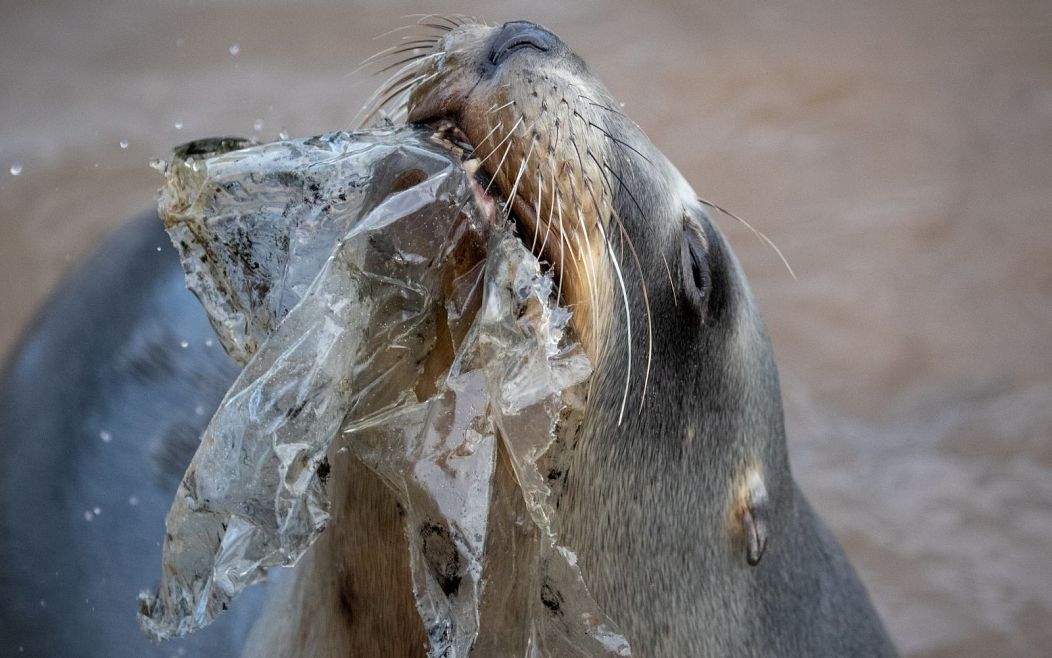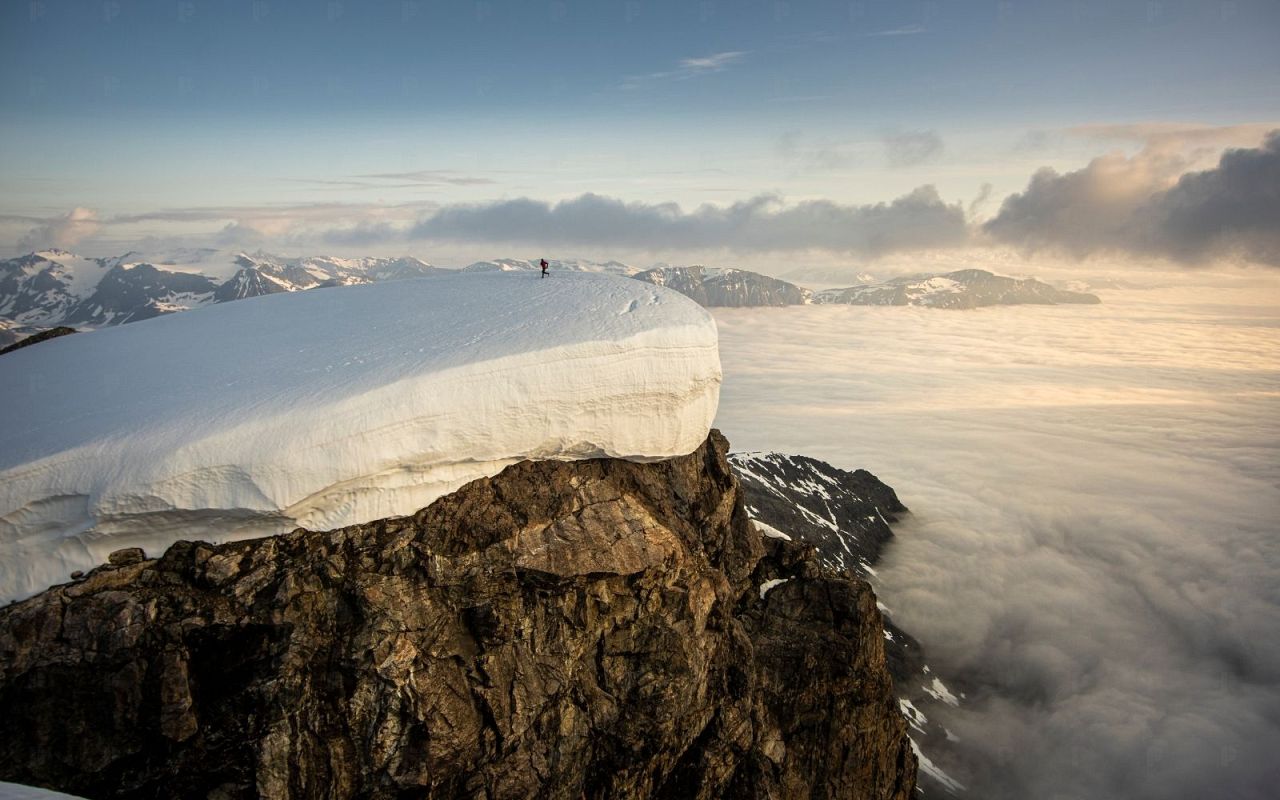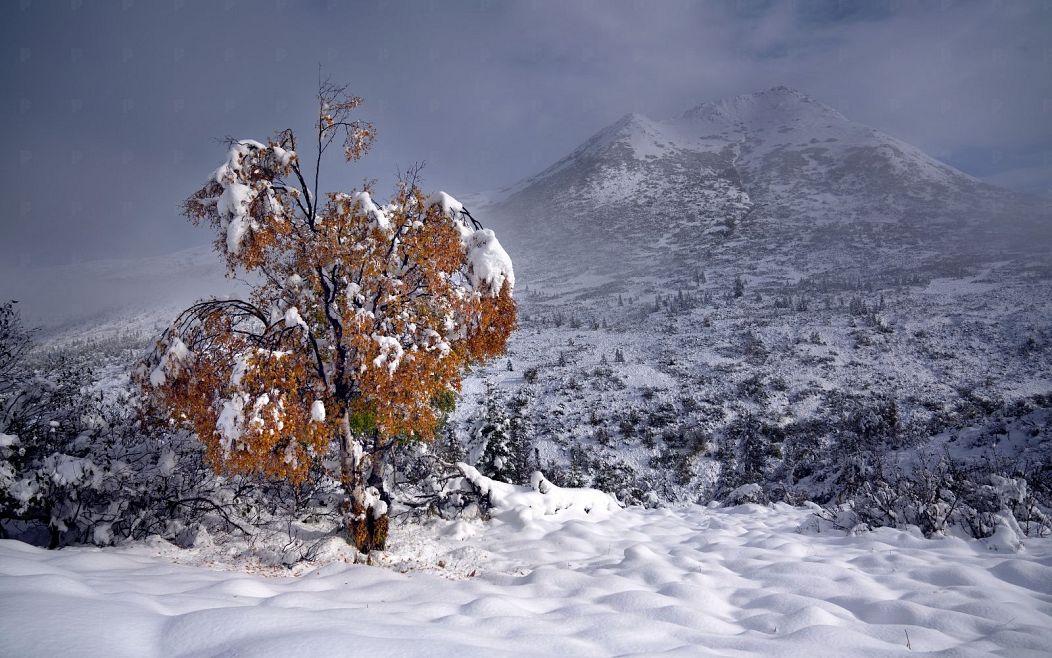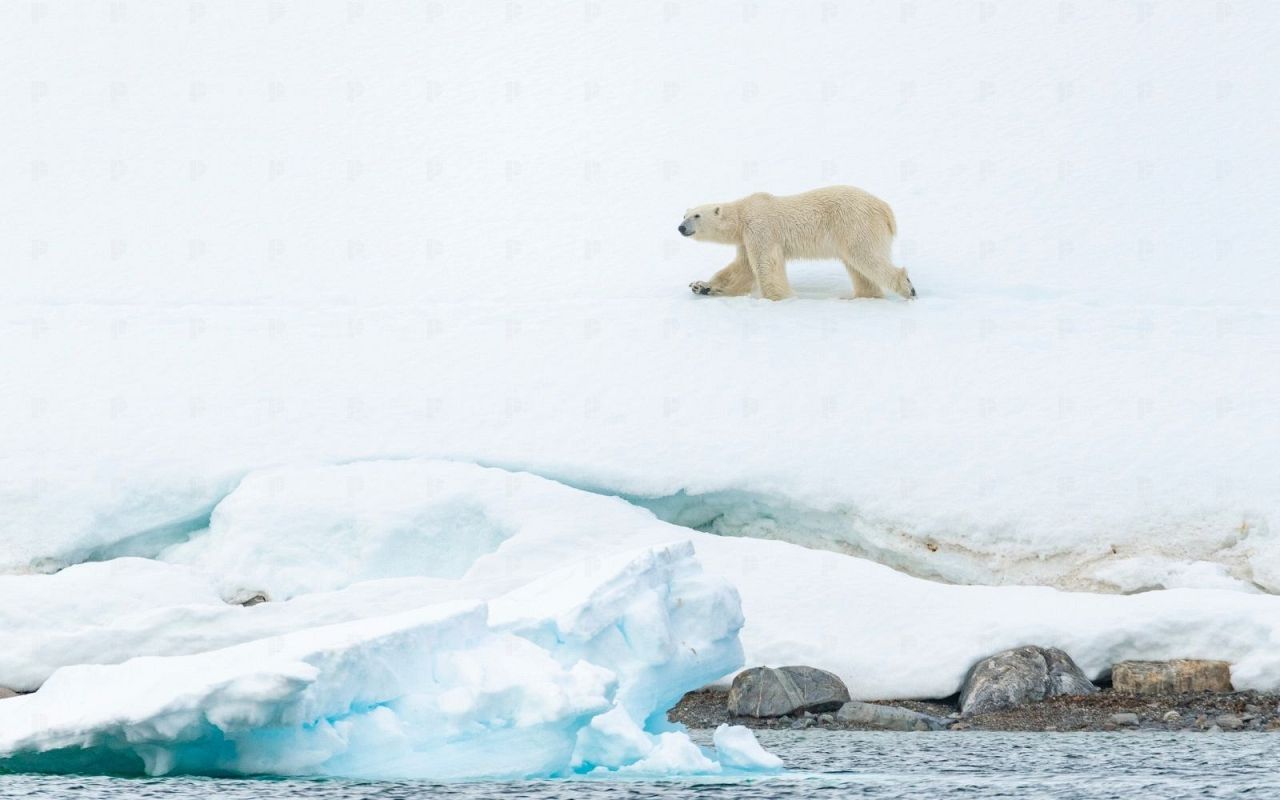'We have a moral responsibility': Meet the photographers opening our eyes to the climate crisis
We spoke with four photographers who use their work to showcase the damage being done to our planet - and the vital need to protect it.
With the long-awaited COP26 summit just around the corner, conversations regarding climate change are heightening across social media. It can be somewhat overwhelming reading the endless statistics that expose the true extent of the climate chaos we’re all facing.
While these figures are shocking, it is often difficult to actually visualise how things like CO2 levels are impacting the landscapes around us. Comprehending the damage being done to our planet is virtually impossible without being able to see the visual effects of the environmental crises.
For decades, photography has been an important and powerful medium to tell the untellable, revealing stories through a lens. The phrase ‘a picture tells a thousand words,’ may be a cliché, but in the case of climate photography, the statement runs very true.
We spoke with four photographers whose practices provide an exclusive insight into the effects of the ecological crises happening all over the world:
Claudio Ghiglione, a polar scientist who studies to preserve the beautiful landscapes that he also photographs.
Cory Lescher, an outdoor adventurer who donates 50 per cent of his photography sales to different charities each month.
Kílian Jornet, a record-breaking mountaineer using photography and image sales to raise awareness of environmental issues and raise funds for his foundation.
Peter Naik, a dive instructor and wildlife guide. When out on his dives he also takes stunning images of the Australian sea life.
How is photography being used to shape the narrative on environmental issues?
[Claudio Ghiglione] The language of science is too complicated for the community, and not easily accessible for everybody and, for this reason, often the message does not arrive. Thanks to the images the problem is often 'more tangible.'
[Cory Lescher] Many of us are familiar with the phrase "a picture is worth a thousand words", this has never been more true than it is in the face of the climate change that we are all witnessing now.
A single photograph has the power to ignite a deep emotion within individuals, and if that's enough for even just one person to stop, think and take action, then that photograph was worth more than a thousand words in my opinion.
[Kílian Jornet] One of the key factors to sustainability is still awareness. Photography is a very visual way to show the changes nature is facing, and to show what we should preserve.
[Peter Naik] Reading statistics on plastic in the ocean will never communicate the issues the same way as actually seeing photographs of animals feeding on plastic in the ocean. Photography makes environmental issues visible to the world and proves that these issues are real.
What are the technical challenges when photographing in remote and often extreme conditions?
[Claudio Ghiglione] The greatest threats derive from temperatures, humidity, water and wind, variables present at any latitude but here taken to the extreme. All of this, however, leads me to understand the importance of having professional equipment and also to have a quick and easy setup available at all times.
[CL] It's not just your backyard photo spot where you can run to every night, but a lot goes into planning these trips and you need to make the best of each and every photo opportunity that presents itself.
[KJ] Mostly to get to the place. That might involve technical skills of climbing, the endurance of going far, speed to catch the good light, the risk assessment to get to the shoot location safely, etc.
[PN] There are challenges that relate to the equipment, the weather conditions, and the animals themselves.
It's also crucial to make sure that you're prepared to face the weather conditions, making sure you have the right amount of protection against the elements and that you have all the relevant safety equipment for whichever environment you're entering.
Do you think more photographers should ground their practice in activism?
[CG] Personally, I don't use my images to protest or dissent but instead I use my images to create books, exhibitions and events that can stimulate the interest of the people, and consequently awareness, for remote places or particular topics.
[CL] Activism and education through art, such as photography, is a powerful tool but I don't think it's necessarily what every photographer needs to pursue.
[KJ] Absolutely, photographers have a big influence through their work. The pictures are seen by many and in social media many follow photographers because of the beauty of the pictures and it’s a great platform to share our concerns on social or environmental issues.
[PN] I believe that nature and wildlife photographers have a moral responsibility to advocate for their subjects. If we benefit from wildlife through the creation of art, we owe it to the natural world to do our best to look after it and try to convince others to do the same.
That being said, I also understand that a lot of photographers might not be in a position to ground their practise in activism due to a variety of factors that could include financial reasons, mental health, or even just a lack of time.
What is one piece of advice you think all photographers should know?
[CG] A deep knowledge of the subject is fundamental to plan the situation and all the variables as much as possible and get the shot you have in your mind.
[CL] Believe in yourself and your photos. Photography is a growing business and hobby for more and more people every year, but that doesn't mean that anyone should be intimidated or any less proud of their own work.
[KJ] When it comes to showing environmental issues, not to get afraid to share our thoughts. Many are afraid to talk about the climate crisis because photographers often travel a lot and will get some criticism.
But it’s important to talk about it, to take the message to the responsibility that governments and companies have too.
[PN] Know your subject; I think that in order to successfully photograph anything, a photographer must first understand that subject.
What message do you want to communicate through your work?
[CG] I like to use my images, supported by my knowledge on polar science, as a teaching method to reach as many people as possible and to communicate with the next generation, people and institutions about what is going on in these particular areas.
[CL] I strive to bring people closer to the natural world through my photographs, and in doing so I hope to inspire viewers to want to protect the beautiful world that we live in and the wildlife that co-inhabits this planet alongside us.
[KJ] We have an amazing and beautiful planet full of diversity, and that we should take action now if we want the next generations to enjoy what we’re able to enjoy today.
[PN] Through my work, I hope to inspire others to see the natural world the same way I do. As a beautiful, fragile network of living, breathing beings, that deserve to live their lives without detriment due to human activities.














